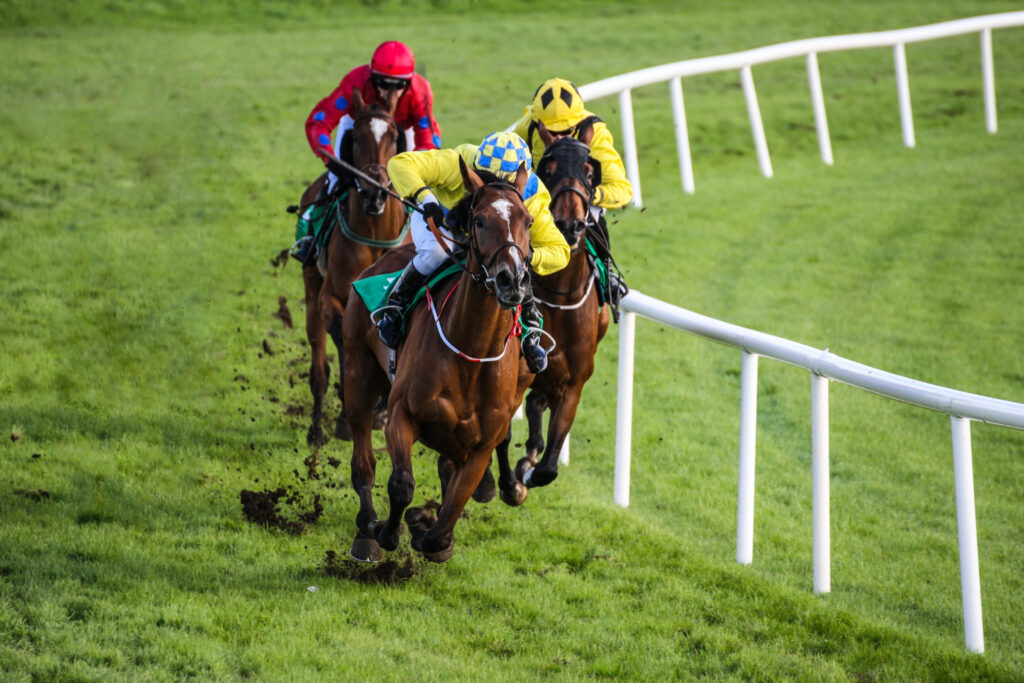Every horse race has its own form. If you are a horse racing enthusiast, it is essential that you understand all the elements that go into it. Numbers, general and specific abbreviations and other factors such as track conditions, weather conditions, jockey performance and trainer history are all important on this matter.
This guide will help you understand the race forms and other basic factors in selecting a winning horse for an accurate betting strategy.
1. Numbers (Form)
One of the most important factors to pay attention to on the form is the numbers listed. On the horse racing form or card, you’ll see a line of numbers indicating the horses’ final positions from it’s previous races. These numbers should be read from left to right.
These are the numbers and what they mean:
1 to 9: they signify the order of finish of the horses in their last race and in order of priority. 1, took first place; 2, second; 3, third and so on.
0: indicates that the horse did not achieve any of the first 9 places.
2. Abbreviations
Alongside the numbers there are symbols and abbreviations that also have their meaning. These are fully conventionalized symbols and are as follows:
- – s: is used to differentiate between racing seasons. If a number is before the symbol – it corresponds to a race held in the previous season.
- / : is used to indicate that a horse has not raced for a long period of time. For example, if he did not participate in the entire last racing season or if he has not participated in the last few races with a long gap.
- P or PU: this abbreviation is used to reveal that the horse pulled up and did not finish the race because the jockey stopped it due to force majeure.
- C: is evidence that the horse has won at that racecourse before.
- D: is used to denote that a horse won this same distance (in other races) in the past.
- CD: is used to make it clear that the horse has won at that racecourse and over the same distance they are racing at here. in the past.
- BF: this abbreviation indicates that this horse was favourite for a previous race, but failed to win.
Abbreviations specific to jump racing
Jump racing has its own nomenclature in abbreviations, and they are as follows:
- F: used to indicate that in the same or a previous event with that obstacle the horse fell.
- R: is used to indicate that a horse did not jump a certain obstacle. That is to say that the horse refused to continue racing. .
- BD: used to indicate that a horse was brought down (and did not complete the obstacle) by another horse and its jockey.
- U or UR: this abbreviation is used to denote that the jockey was unseated from the horse..
3. Other details on the form to pay attention to
Take note of these additional elements on the form:
- Jockey performance: the performance of the jockey can be a determining factor in a horse race. For example, there are tracks where it is better to run on the inside leg to ensure victory. In any case, the jockey’s ability to make decisions on the track can be decisive.
- Trainer’s track record: of course, the work of the trainer well before the races determines the work and performance of the horse on the track. It is important to choose an outstanding professional. You can learn more about Racing Club’s experienced trainers and their proven track records here.
- Distance and category of race: these are very important elements. Some horses run better on turf and others on all-weather surfaces. Some perform better over longer distances and others over shorter distances.
Additional factors to consider beyond the form
A horse, its trainer and jockey may have an impeccable record. However, there are other factors that determine a win. Let’s look at:
✅ Racecourses are often made of turf, sand or synthetic materials. Like any material, they are affected by heat, cold, humidity or rain. These factors can affect a horse’s performance in winning a race.
✅ Like any athlete, past injuries can affect a horse’s performance in a race. You should read up on this subject.
✅ Racecourses are often made of turf, sand or synthetic materials. Like any material, they are affected by heat, cold, humidity or rain. These factors can affect a horse’s performance in winning a race.
✅ There are races in which there are obvious favourites because of their record of success. You need to weigh up whether the horse you want to bet on is up to the standard of its competitors.
✅ Bookmakers often establish odds based on statistical trends of winning horses across events. Follow up on renowned authors on horse racing and related sports to have an amplified view on this issue.
With this information, you have a knowledge base that gives you a better chance of analyzing and understanding the racing forms. You can, therefore, know and have an insight into the relevant factors in a winning betting strategy.
If you’re looking to experience the excitement of horse racing more closely, buying shares in a racehorse could be the perfect way to get involved. With a deeper understanding of the form and all the key details, you’ll be better equipped to make more informed decisions, increasing your chances of success while enjoying the experience of being part of the action.




